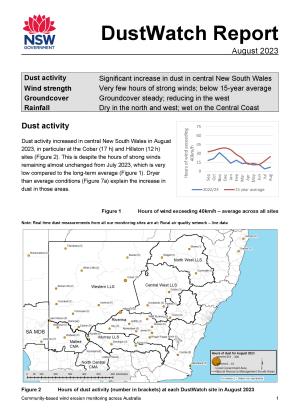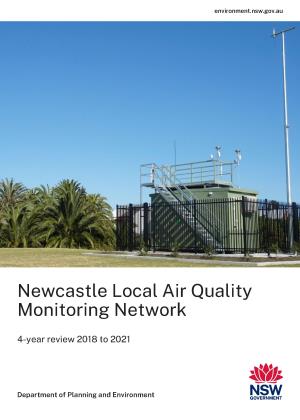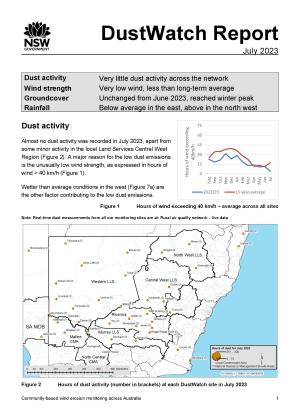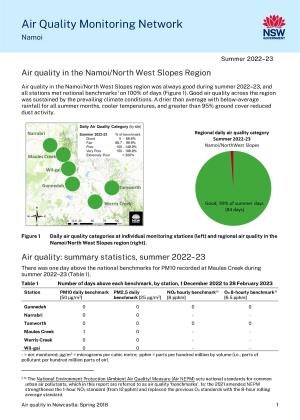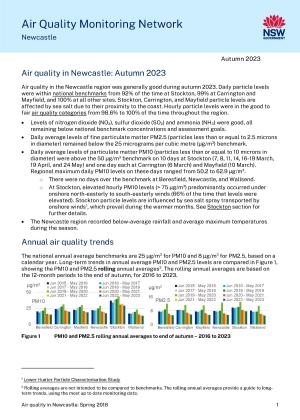During 26-29 May 2018, PM2.5 particle pollution concentrations at nine of 14 air quality monitoring stations in the Sydney region reached poor to hazardous levels on the NSW Air Quality Index (AQI) . Visibility was reduced to poor to hazardous levels each day, for five to 15 hours. The event was associated with smoke from several hazard reduction burns (HRBs) in bushland surrounding Sydney, to the north, north-east, west and south of the city. The HRBs covered over 2,500 hectares (ha) during 26-27 May and continued smouldering during 28-29 May 2018.
A strong high-pressure system over the Tasman Sea, with a broad ridge extending over New South Wales, favoured the formation of overnight and early morning temperature inversions in Sydney. Very light and variable winds during the day and down-valley winds (westerlies), overnight and in the early morning, helped to transport smoke from HRBs towards the city, reducing visibility and elevating PM2.5 levels. The afternoon sea breezes (north to north-easterly winds) also transported smoke from HRBs to the north and north-east of the city, contributing to the build-up of smoke. Under these calm conditions, smoke continued to elevate PM2.5 concentrations, especially closer to the HRBs in Sydney North-West during 26-29 May 2018. PM2.5 levels above the 24-hour national standard were recorded across the city, with most intense impacts in Sydney North-west. The passage of a cold front with stronger south-westerly winds assisted the dispersion of smoke on 30 May 2018.



